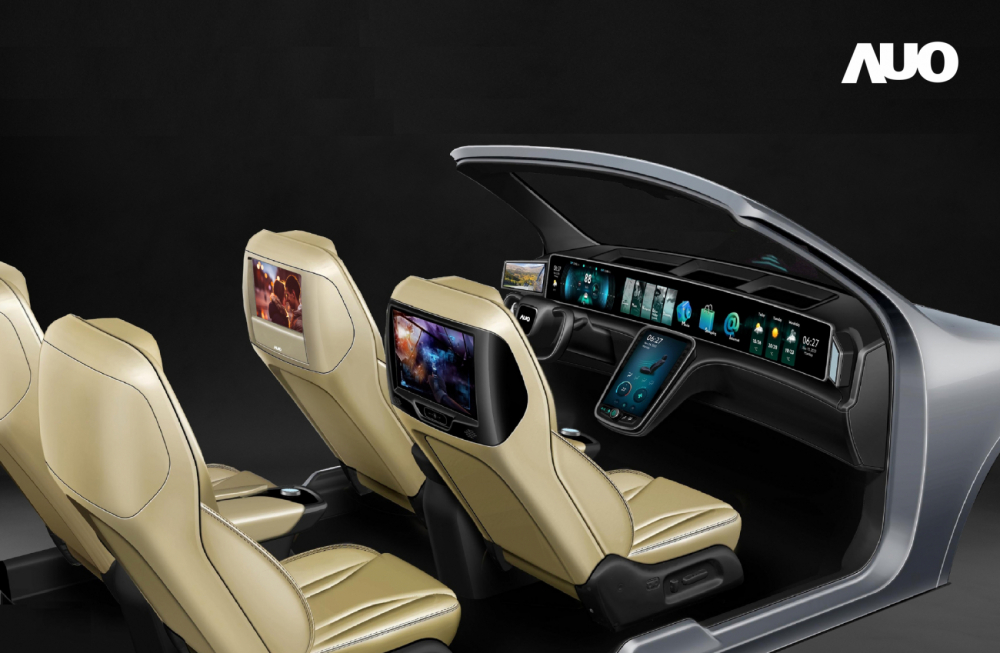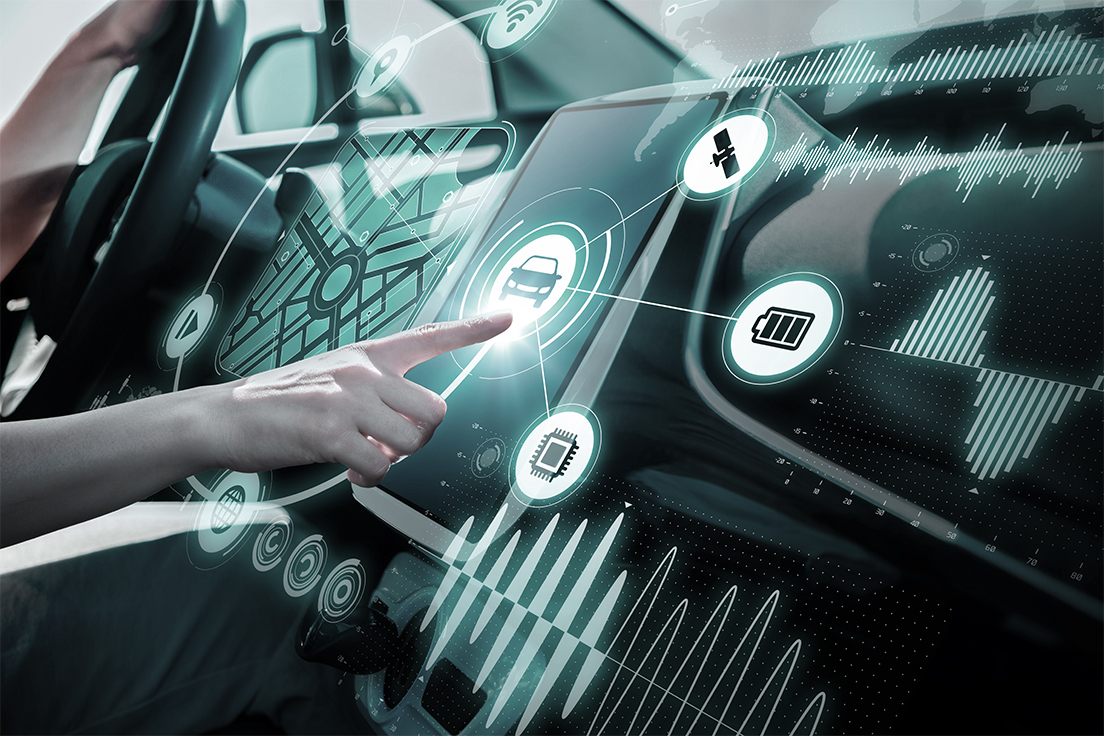## Introduction
As automotive technology continues to advance, the definition of a smart cockpit has become broader, encompassing various features that enhance the driving experience. With the increasing penetration rate of smart cockpit technology in car models, suppliers are taking more time to determine its future outlook. While the industry has transitioned to electric vehicles (EVs), the development of electronic components and chips for vehicles still takes three to five years. Smart cockpit development has focused on humanized design and audio and visual entertainment, transforming the central console from a mechanical design to touch panels that enable interaction between the driver and the vehicle.
The Evolution of Touch-Panel-Based Central Consoles
Initially, touch-panel-based central consoles faced safety concerns and encountered hurdles. However, through sensor integration and application maturity, this technology has overcome these issues. Sensor integration has enabled the implementation of eye-tracking technology and privacy designs in touch panels, contributing to enhanced driver attention monitoring. With the integration of AI technology, drivers can now use voice control to adjust various cockpit elements such as the air conditioner, audio volume, car seat angle, and lights, allowing them to focus on driving.



The Car Cabin as the Third Living Space
The car cabin is poised to become the third living space, providing passengers with a range of audio and visual entertainment options. Large-sized displays have been introduced to fulfill passengers’ needs for immersive experiences. These displays can also be rearranged to facilitate office meetings and travel. Smart cockpit technology, including large displays and interactive features, has become a significant feature in many concept EVs, alongside extended driving range and faster charging speed. However, the production of these concept vehicles may face challenges related to costs, manufacturing techniques, and efficiency.
Humanized Services and Immersive Experiences
Over the past three to five years, the automotive industry has focused on humanized services and creating immersive experiences within smart cockpits. According to Taiwan-based Pegatron, four trends will drive the development of smart cockpits: interaction among multiple sensors, personalized setup, integrated platforms, and immersive entertainment. The initial step in this development is the placement of large displays and the utilization of interactive technology within the cockpit. However, the key to success lies in establishing a comprehensive ecosystem and creating experiences that integrate users’ habits.

Smart Cockpit Technology in Different Levels of EVs
Smart cockpit technology can now be found in different levels of EVs, catering to the product design needs of car OEMs and tier-1 suppliers. The forefront of smart cockpit development lies in eye-tracking technology, hand gesture recognition, and AI applications. These advancements are expected to drive the growth of semiconductors and automotive electronics, as they enhance the overall user experience and safety within the vehicle.

Challenges and Future Outlook
While smart cockpit technology continues to evolve, there are several challenges to overcome. The production of concept vehicles with advanced smart cockpit features may take a significant amount of time due to factors such as costs, manufacturing techniques, and efficiency. However, as technology advances and becomes more accessible, the future outlook for smart cockpit technology remains promising.
Conclusion
Smart cockpit technology has undergone a significant transformation in recent years, focusing on humanized design, immersive experiences, and integration of advanced technologies. Touch-panel-based central consoles have evolved to enhance driver interaction and attention monitoring. The car cabin is becoming a third living space, offering passengers a range of audio and visual entertainment options. Humanized services and immersive experiences have become key drivers in smart cockpit development. As smart cockpit technology continues to advance, it is expected to be implemented in various levels of EVs, driving growth in semiconductors and automotive electronics. While challenges remain, the future of smart cockpit technology looks promising, with the potential to revolutionize the driving experience.
